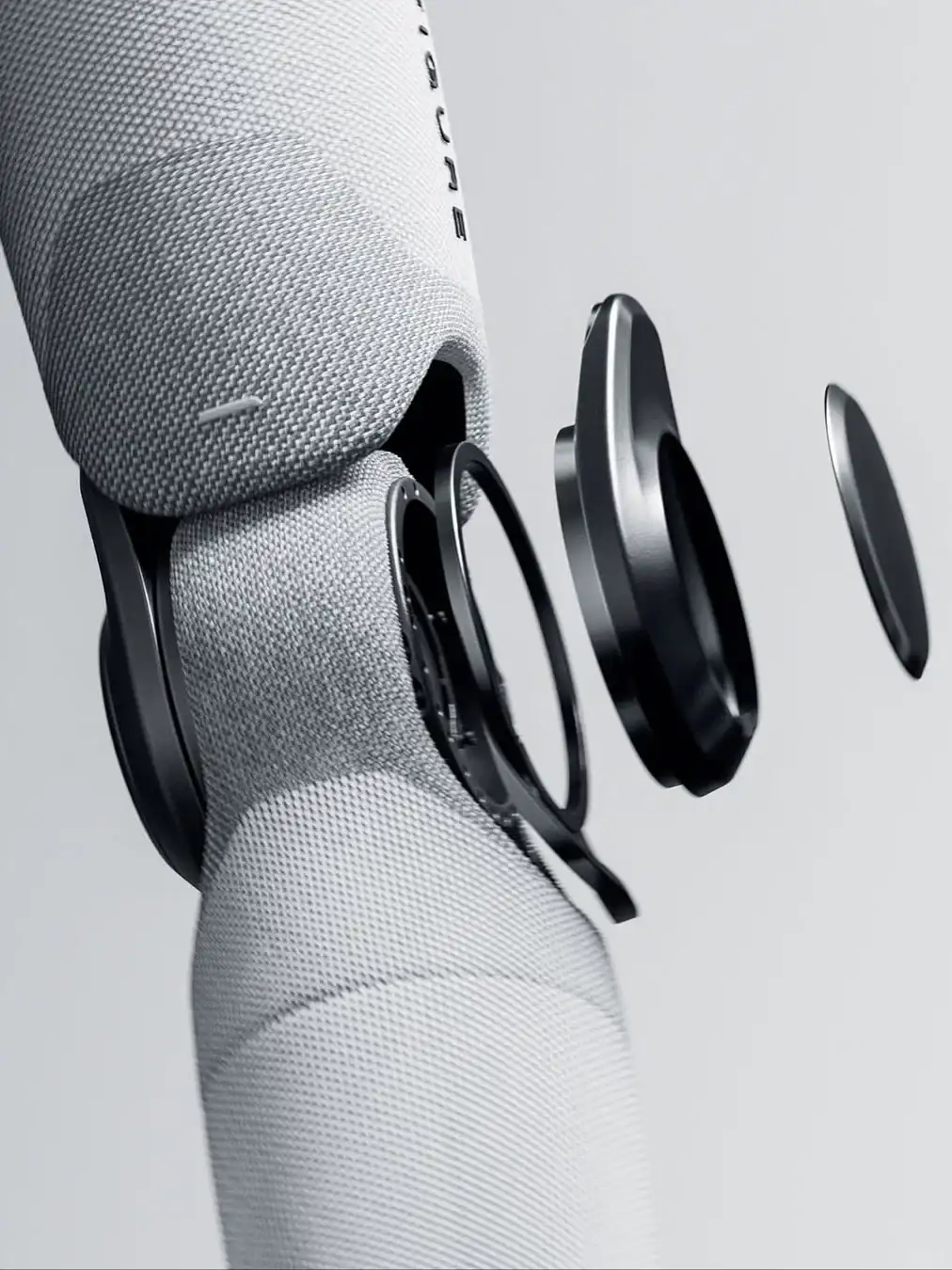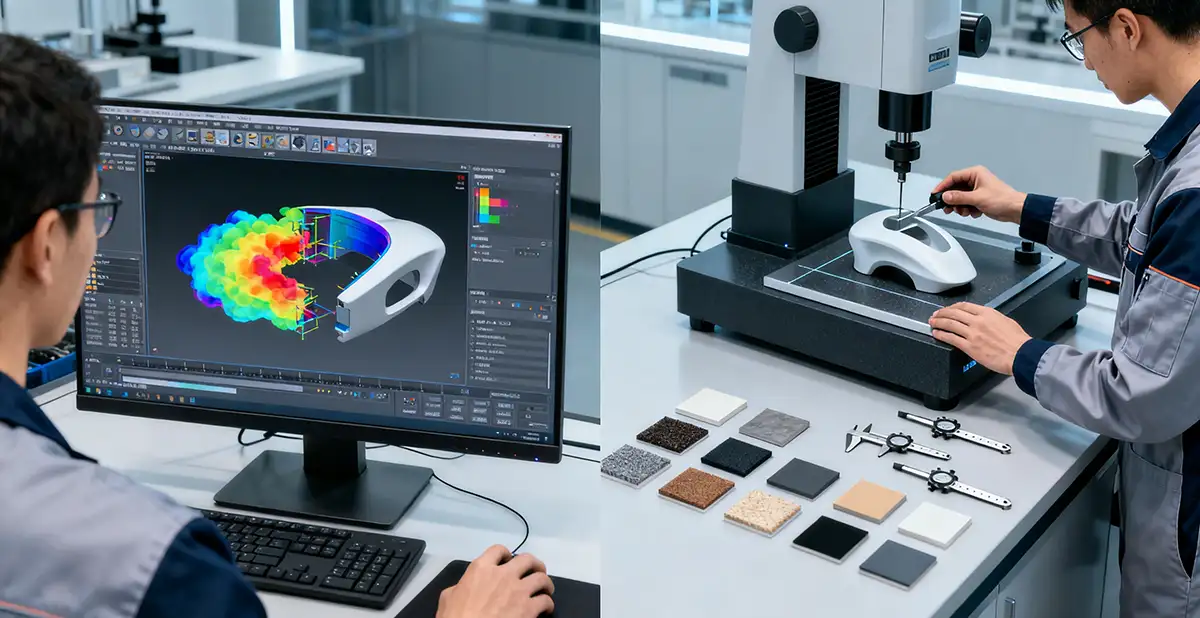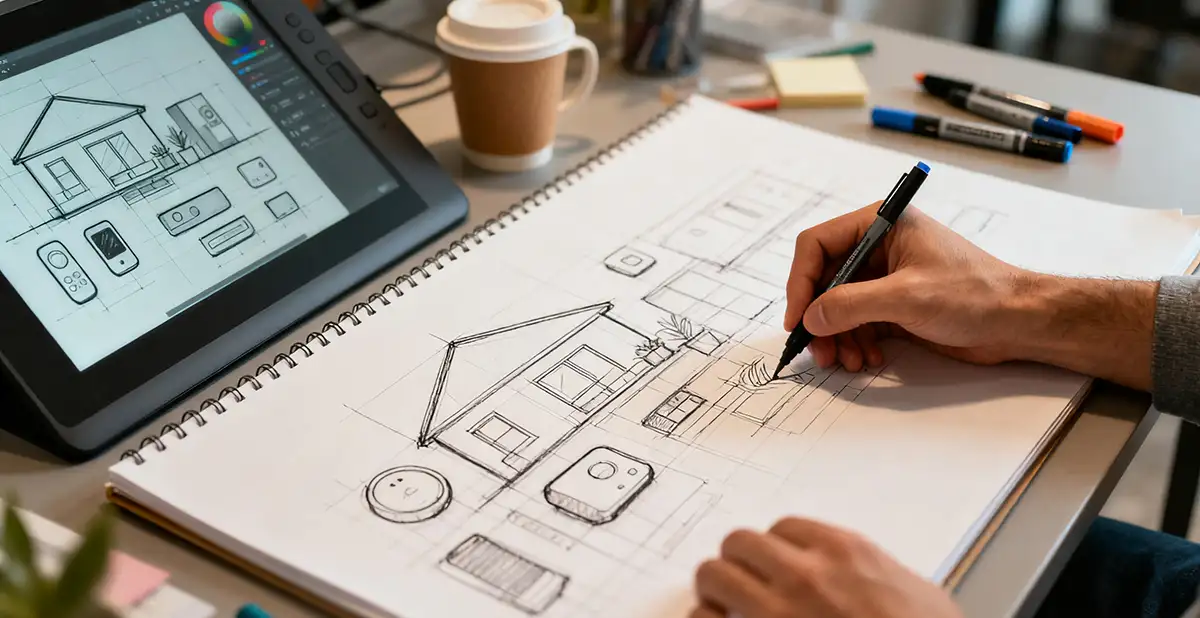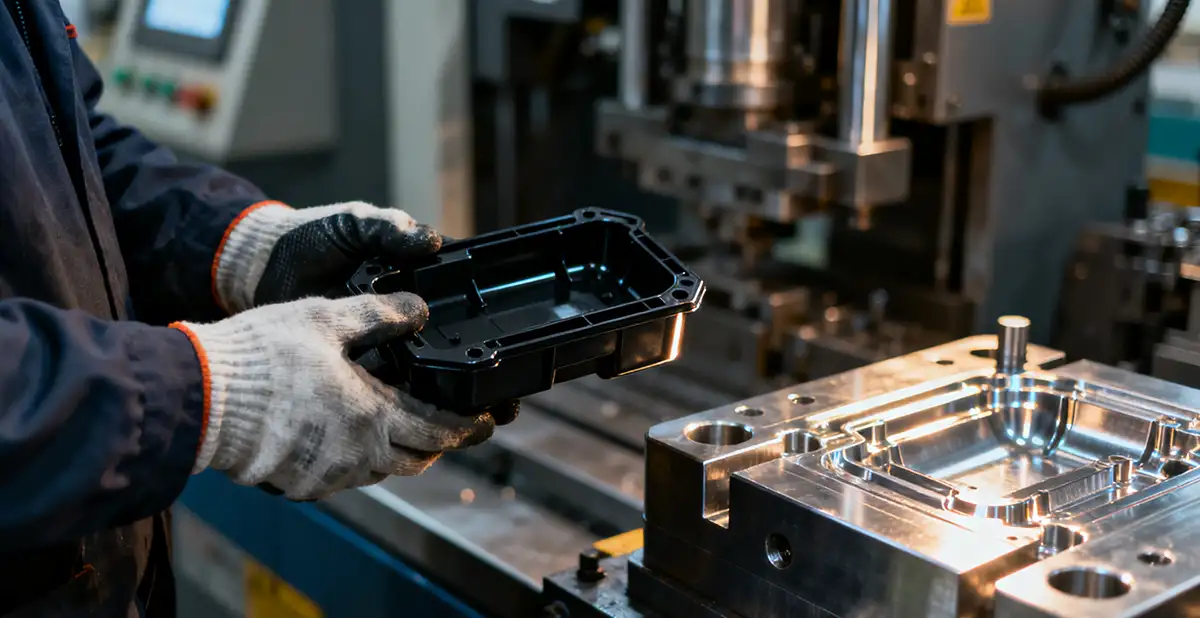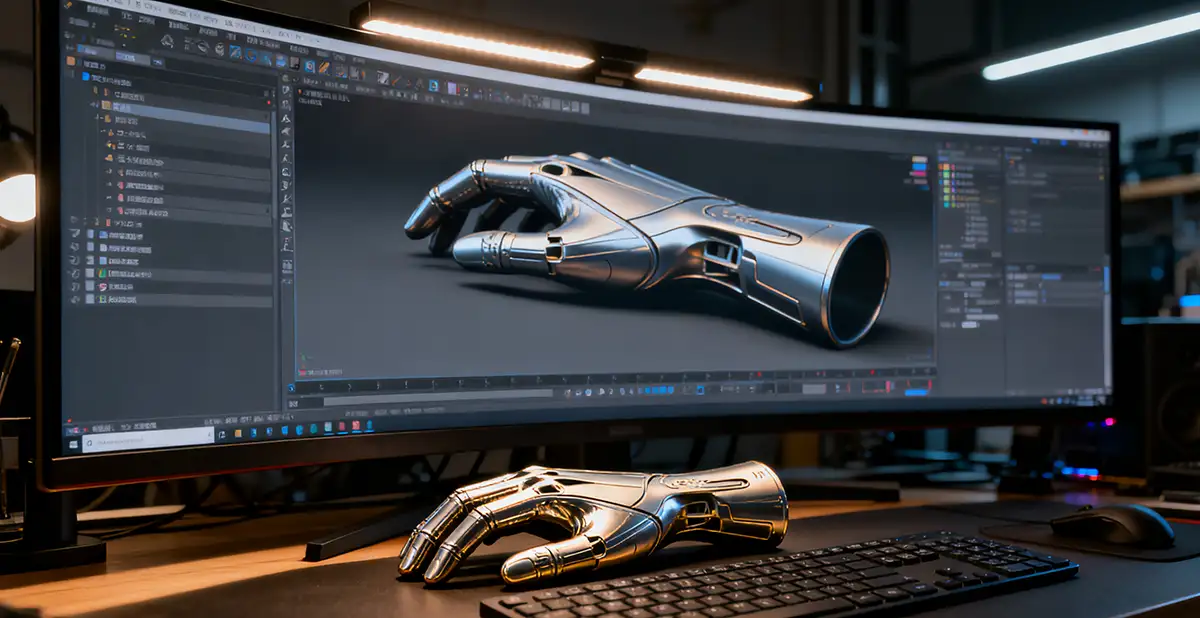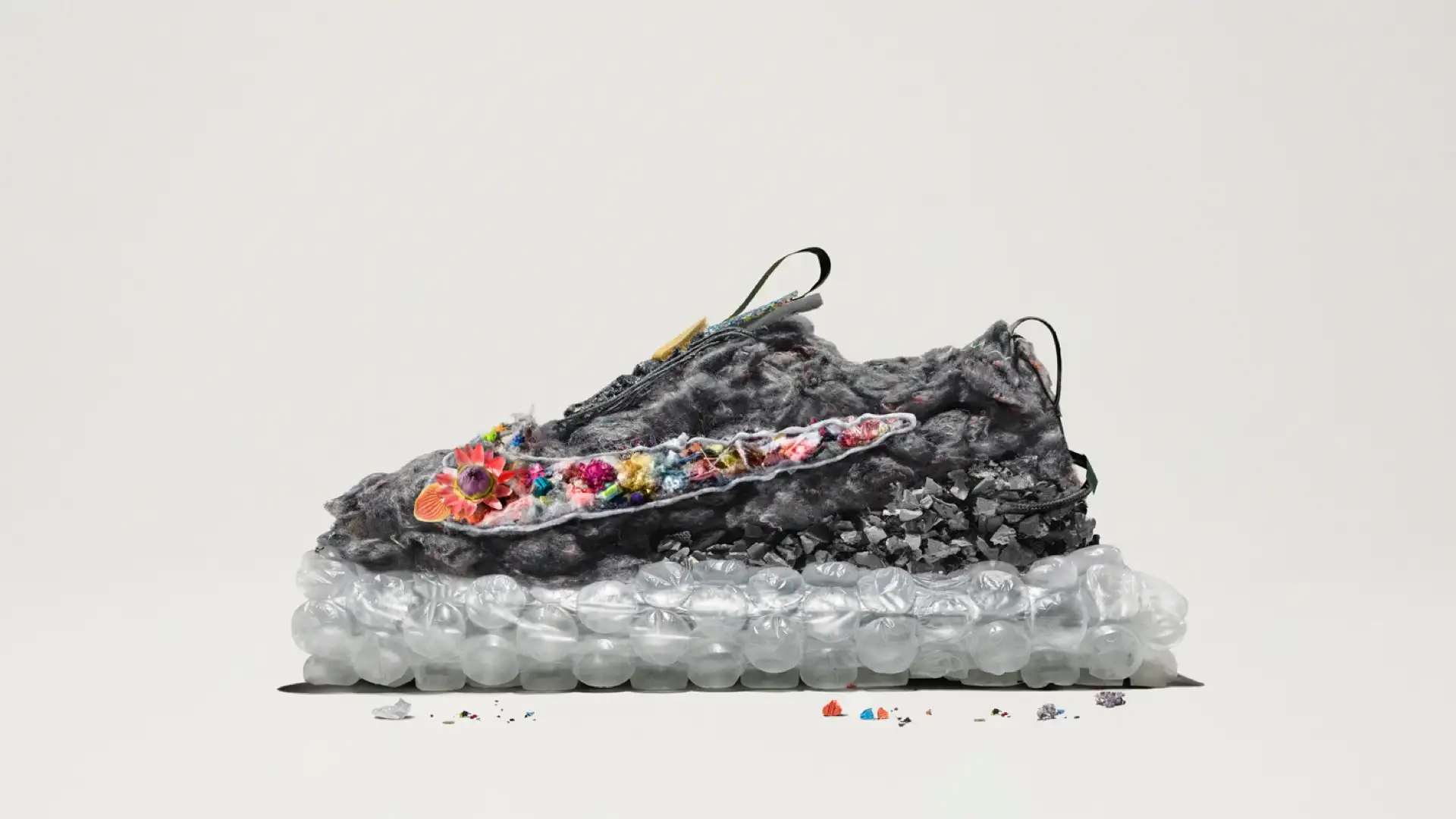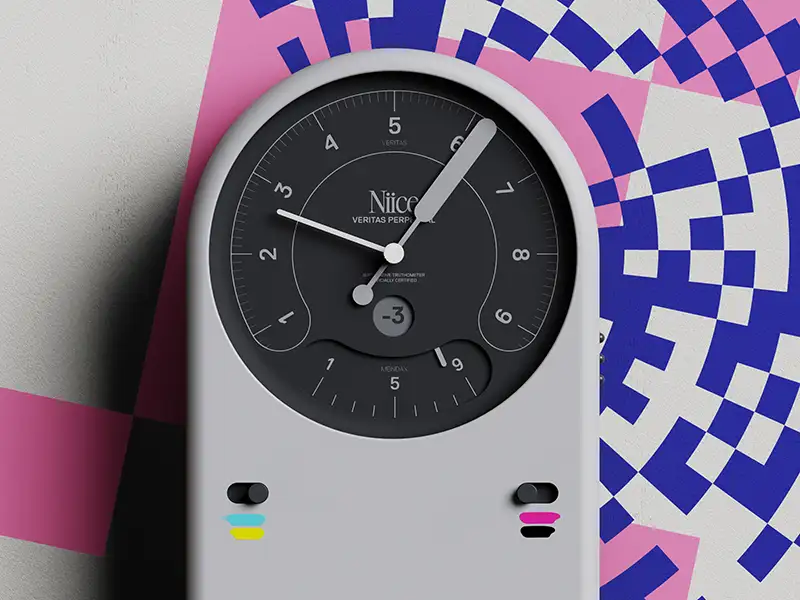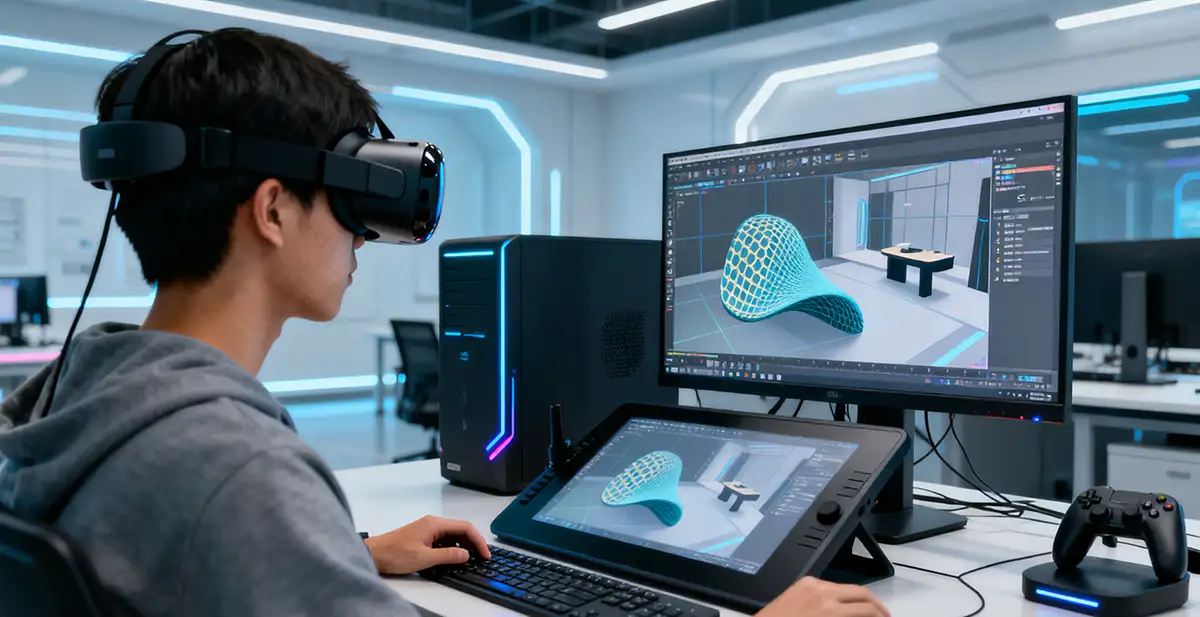NINEIDEA:在商业竞争的深海中,产品设计+品牌设计从来不是孤立的岛屿。当二者打破边界、深度融合,就像两股洋流交汇碰撞,激发出超越个体价值的商业能量。这种融合不仅重构了产品与用户的连接方式,更重塑品牌在消费者心智中的占位逻辑,为企业在红海市场中开辟出差异化的生存航道。


一、构建视觉锤与价值锚的共生系统
产品设计是品牌最具象的 “视觉锤”,而品牌设计则是深埋消费者心智的 “价值锚”。当苹果的圆角矩形图标从 logo 延伸到产品边框,当戴森的气流动力学弧线贯穿整个产品矩阵,设计语言就不再是零散的视觉符号,而是形成了具有辨识度的品牌基因。这种基因让消费者在货架前 0.3 秒的决策瞬间,就能通过线条、色彩或材质识别出品牌,同时唤起对 “极简美学”” 科技创新 ” 等品牌价值的联想。数据显示,具备统一设计语言的品牌,消费者识别效率提升 47%,品牌记忆度增强 62%,这正是视觉锤与价值锚协同发力的结果。
二、创造从功能体验到情感共鸣的跃迁
传统产品设计聚焦于 “能用”,品牌设计聚焦于 “想买”,而二者的融合则能实现 “爱用” 的体验升级。无印良品将 “侘寂美学” 融入产品的每一处细节 —— 从磨砂质感的收纳盒到自然色系的家具,功能设计不再是冰冷的参数组合,而是成为 “简约生活哲学” 的物质载体。用户使用产品时,指尖触碰到的不仅是舒适的握感,更是对 “断舍离” 生活方式的认同。这种从物理体验到情感共振的跃迁,让产品从功能性工具升维为品牌价值观的 “体验媒介”,使消费者与品牌的关系从短暂的交易转化为长期的情感绑定。
三、打造贯穿全触点的品牌叙事矩阵
在用户触点碎片化的时代,产品设计与品牌设计的融合本质上是构建统一的叙事体系。从产品开箱时的阻尼感设计,到 APP 界面的动效反馈;从线下门店的空间陈列,到售后服务的包装设计,每一个接触点都在讲述同一个品牌故事。某美妆品牌将 “可持续理念” 贯穿于产品设计(可替换芯包装)、视觉设计(环保主题插画)、用户体验设计(空瓶回收计划),形成环环相扣的叙事链条,使品牌主张在每个触点自然流露,最终让消费者成为品牌故事的参与者而非旁观者。这种全触点的设计协同,让品牌影响力从单一的产品功能层,渗透到用户生活方式的各个维度。
四、解锁成本优化与溢价能力的双重密码
表面看,设计融合需要更高的前期投入,实则能带来长期的成本红利与溢价空间。统一的设计语言降低了供应链的复杂度,某家电品牌通过标准化的接口设计与模块化组件,将新品研发周期缩短 30%,模具成本降低 40%。更重要的是,当产品成为品牌价值的载体,消费者愿意为 “设计溢价” 支付更高成本 —— 戴森吹风机的定价是普通产品的 3-5 倍,苹果产品的毛利率始终维持在 40% 以上,这些溢价本质上是消费者为品牌设计所传递的生活方式与身份认同买单。设计融合不仅优化了成本结构,更重构了品牌的价值坐标系,让价格不再是竞争的唯一维度。
五、锻造应对变革的设计免疫系统
在技术迭代与消费升级的双重冲击下,单一的产品设计容易陷入功能同质化陷阱,孤立的品牌设计则可能沦为空中楼阁。二者的融合就像为企业打造了一套 “设计免疫系统”:当特斯拉将 “科技普惠” 的品牌理念融入汽车设计(极简中控、OTA 升级),面对新能源汽车市场的技术变革,其设计体系能够快速迭代而不偏离核心价值;当喜茶通过 “新茶饮美学” 将产品设计(定制杯型)与品牌设计(门店空间)深度绑定,在消费潮流变迁中始终保持着 “年轻化” 的品牌活性。这种融合让企业既能敏锐捕捉市场趋势,又能坚守品牌内核,在变革中保持稳定的进化方向。
在这个设计即生产力的时代,产品设计与品牌设计的关系早已超越 “1+1=2” 的简单叠加,而是形成了 “1+1>100” 的核聚变效应。它们共同构建起品牌的 “三维竞争力”—— 既要有产品设计的锋利长矛(功能突破),也要有品牌设计的坚固盾牌(心智壁垒),更要在二者的协同中锻造出穿透市场迷雾的导航系统。当设计不再是孤立的环节,而是成为贯穿企业战略的底层逻辑,企业就能在商业战场上,用设计的语言讲出既独特又动人的品牌故事,让每个产品都成为品牌最有力的代言人。
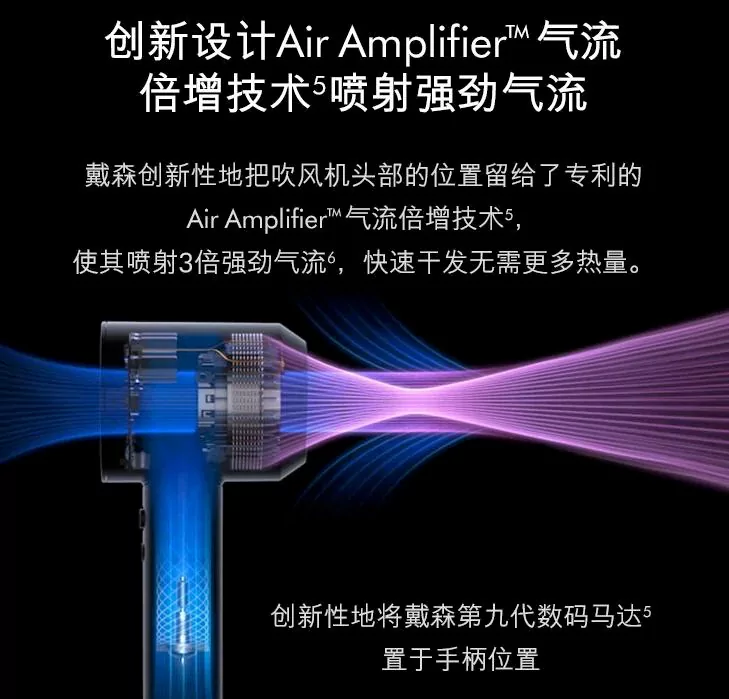
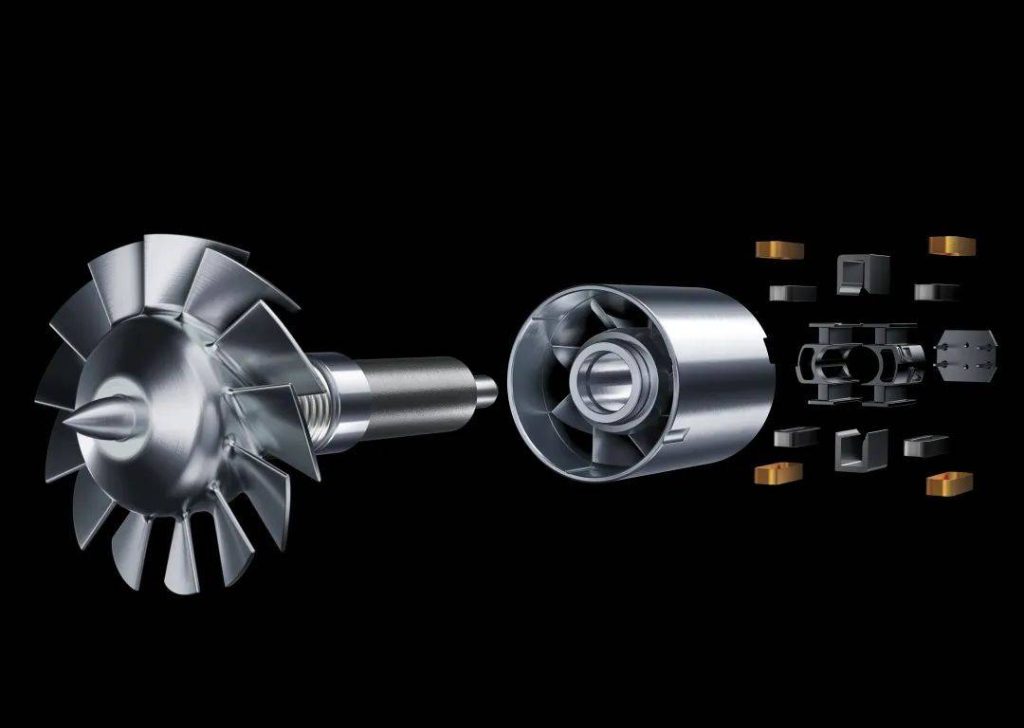
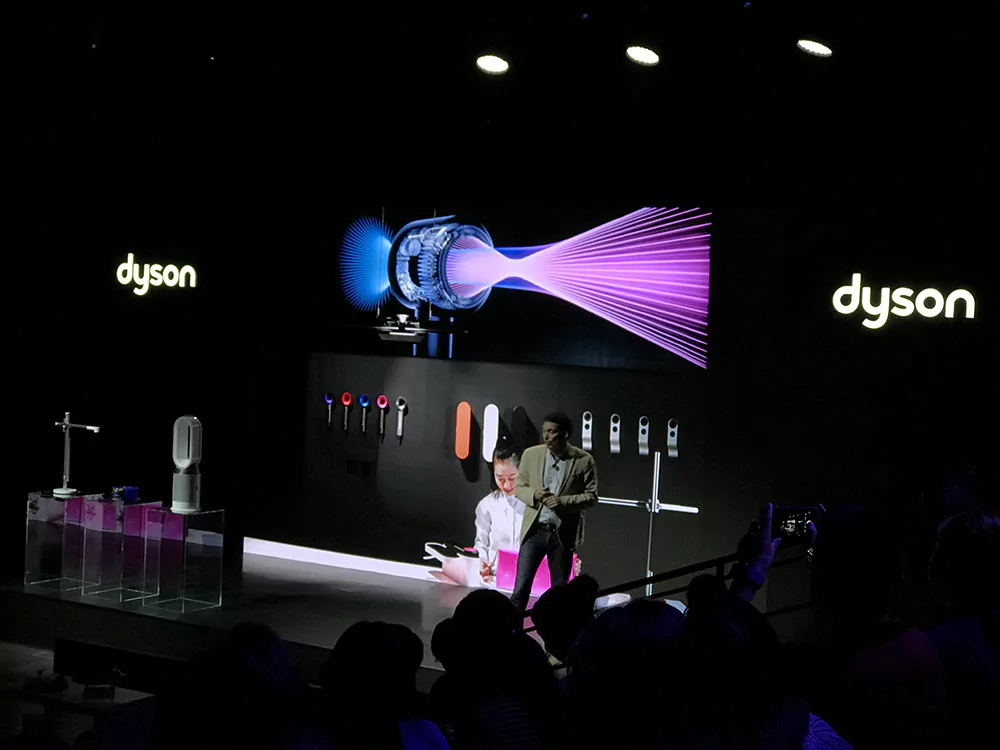
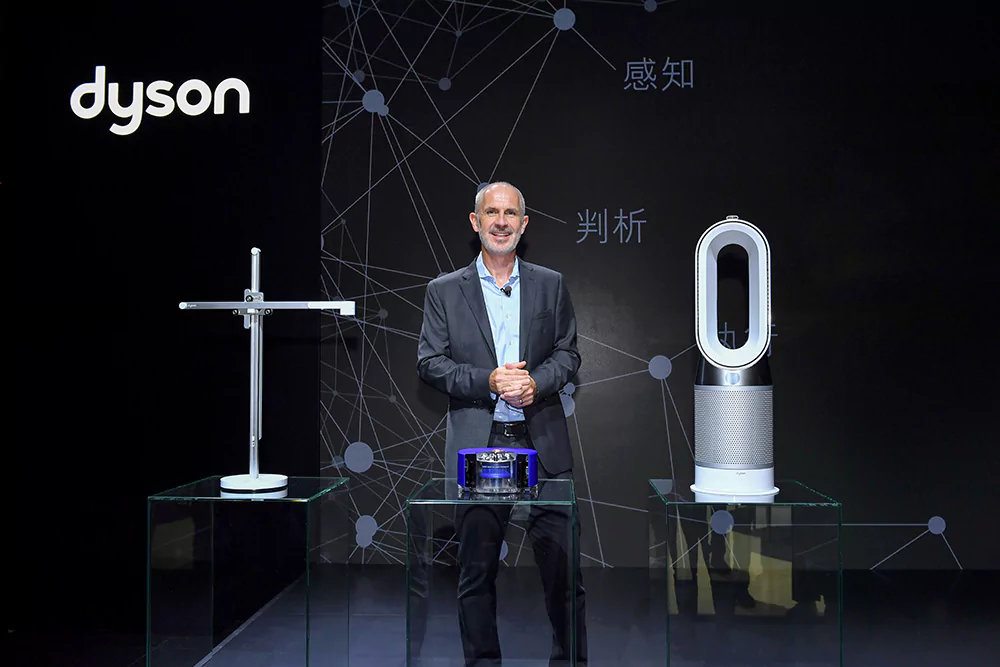
Product design+brand design, the business breakthrough path of 1+1>2
NINEIDEA:In the deep sea of commercial competition, product design and brand design have never been isolated islands. When the two break boundaries and deeply merge, it’s like two ocean currents colliding and igniting commercial energy that transcends individual value. This integration not only reconstructs the connection between products and users, but also reshapes the logic of brand positioning in consumers’ minds, opening up a differentiated survival channel for enterprises in the red ocean market.
1、 Building a symbiotic system of visual hammer and value anchor
Product design is the most concrete “visual hammer” of a brand, while brand design is the “value anchor” deeply embedded in consumers’ minds. When Apple’s rounded rectangle icon extends from the logo to the product border, and Dyson’s aerodynamic arc runs through the entire product matrix, the design language is no longer fragmented visual symbols, but forms a recognizable brand gene.
This gene allows consumers to recognize the brand through lines, colors, or materials in the 0.3 second decision-making moment before the shelf, while evoking associations with brand values such as “minimalist aesthetics” and “technological innovation”. Data shows that brands with a unified design language have a 47% increase in consumer recognition efficiency and a 62% increase in brand memory, which is the result of the synergy between visual hammers and value anchors.
2、 Create a transition from functional experience to emotional resonance
Traditional product design focuses on “usability”, while brand design focuses on “wanting to buy”, and the integration of the two can achieve an upgraded experience of “loving to use”. MUJI incorporates the “wabi sabi aesthetics” into every detail of its products – from frosted textured storage boxes to natural colored furniture. Functional design is no longer a cold combination of parameters, but a material carrier of the “minimalist lifestyle philosophy”.
When users use the product, the fingertip touch is not only a comfortable grip, but also a recognition of the “separation” lifestyle. This transition from physical experience to emotional resonance elevates products from functional tools to “experiential media” for brand values, transforming the relationship between consumers and brands from short-term transactions to long-term emotional bonds.
3、 Create a brand narrative matrix that spans all touchpoints
In the era of fragmented user touchpoints, the integration of product design and brand design is essentially about building a unified narrative system. From damping design during product unboxing to dynamic feedback on the app interface; From the spatial display of offline stores to the packaging design of after-sales service, every touchpoint tells the same brand story.
A certain beauty brand integrates the concept of “sustainability” into its product design (replaceable core packaging), visual design (environmentally friendly themed illustrations), and user experience design (empty bottle recycling program), forming an interlocking narrative chain that allows the brand’s claims to naturally emerge at every touchpoint, ultimately making consumers participants in the brand story rather than bystanders. This full touch design collaboration allows brand influence to penetrate from a single product function layer to various dimensions of user lifestyle.
4、 Unlock the dual password of cost optimization and premium capability
On the surface, design integration requires higher upfront investment, but in reality, it can bring long-term cost dividends and premium space. The unified design language has reduced the complexity of the supply chain. A certain home appliance brand has shortened the new product development cycle by 30% and reduced mold costs by 40% through standardized interface design and modular components.
More importantly, when a product becomes a carrier of brand value, consumers are willing to pay higher costs for the “design premium” – Dyson hair dryers are priced 3-5 times higher than regular products, and Apple products maintain a gross profit margin of over 40%. These premiums are essentially consumers paying for the lifestyle and identity conveyed by brand design. Design integration not only optimizes the cost structure, but also reconstructs the brand’s value coordinate system, making price no longer the only dimension of competition.
5、 Forge a design immune system to respond to change
Under the dual impact of technological iteration and consumer upgrading, a single product design is prone to fall into the trap of functional homogenization, while isolated brand design may become a castle in the air. The integration of the two is like creating a “design immune system” for the enterprise: when Tesla integrates the brand concept of “technology inclusive” into car design (minimalist central control, OTA upgrade), facing the technological changes in the new energy vehicle market, its design system can iterate quickly without deviating from its core values;
When HEYTEA deeply binds product design (customized cup shape) with brand design (store space) through the “new tea drink aesthetics”, it always maintains a “youthful” brand activity in the changing consumer trends. This integration enables enterprises to not only keenly capture market trends, but also adhere to the brand core and maintain a stable evolutionary direction in the process of change.
In this era where design is productivity, the relationship between product design and brand design has long surpassed the simple superposition of “1+1=2”, but has formed a nuclear fusion effect of “1+1>100”. They jointly build the “three-dimensional competitiveness” of the brand – it requires both a sharp spear of product design (functional breakthrough) and a sturdy shield of brand design (mental barrier), and more importantly, forging a navigation system that penetrates the market fog through the synergy of the two.
When design is no longer an isolated link, but becomes the underlying logic that runs through corporate strategy, companies can use the language of design to tell unique and moving brand stories on the business battlefield, making each product the most powerful spokesperson for the brand.














